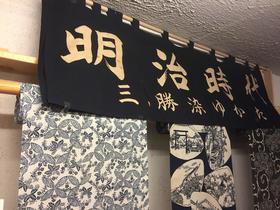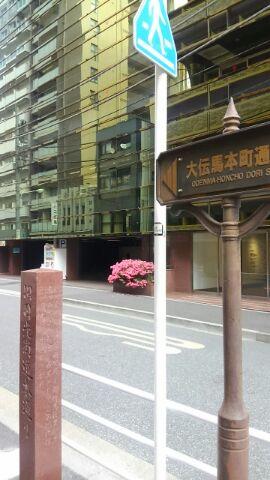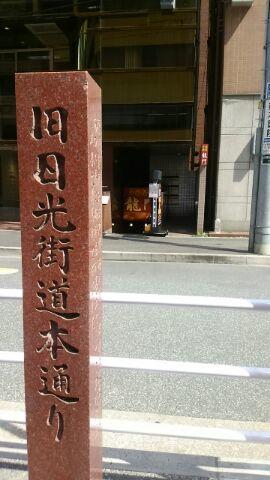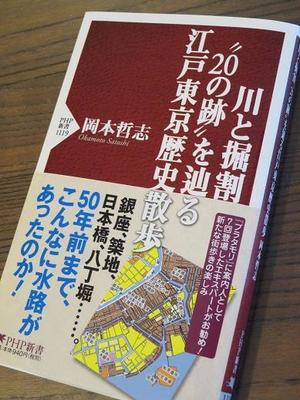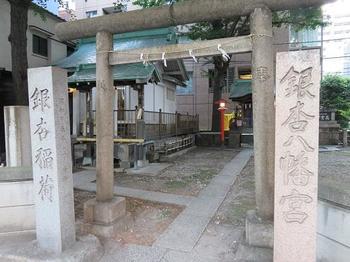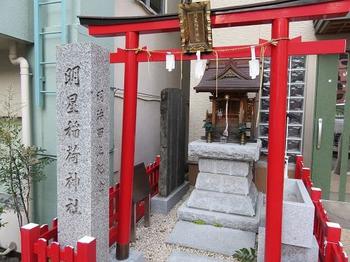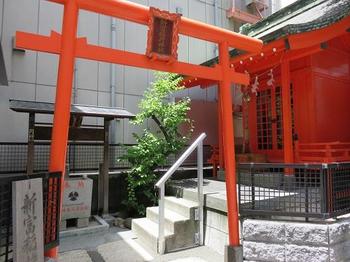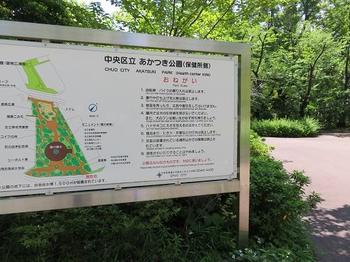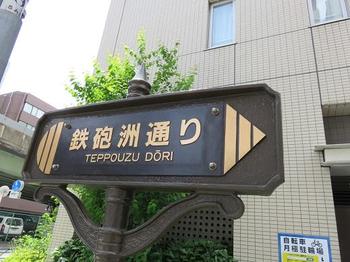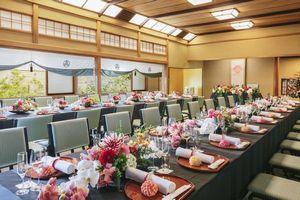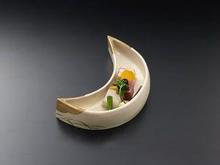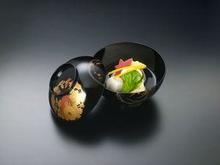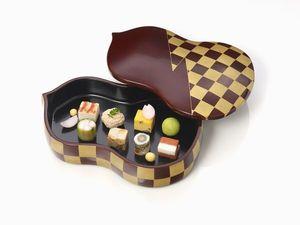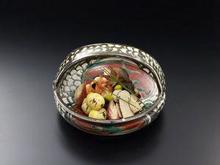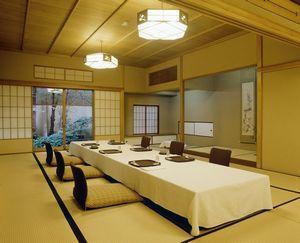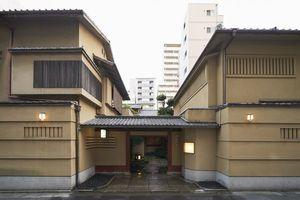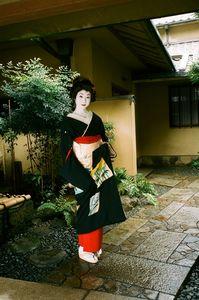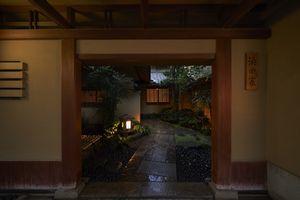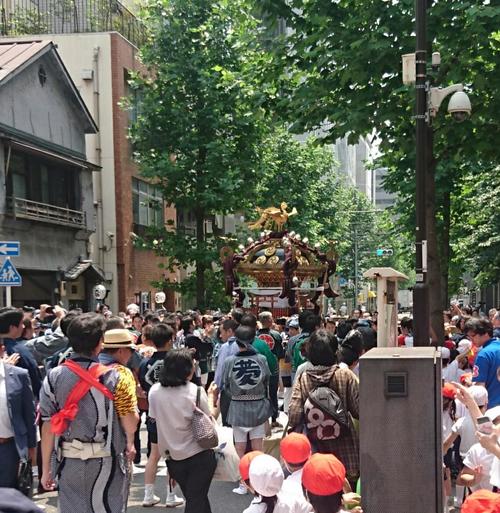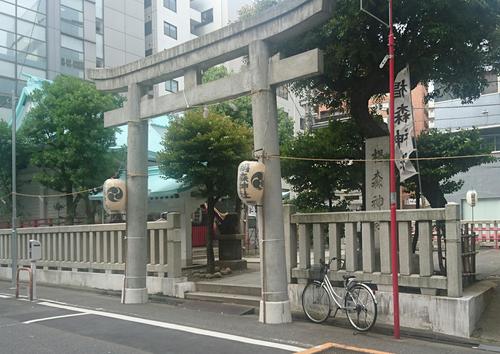It is rosemary sea, where we specialize in "gifts and enjoy yourself".
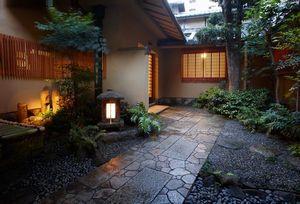
Genyada Namadaya is a traditional and formal restaurant located in Nihonbashi Ningyocho.
This time, I would like to talk about the history of the Hamada family.
Hirohito Ito, General Manager of the Genji Store Hamada Family, took care of me.
Then...
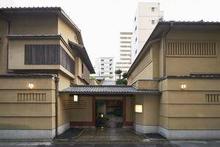
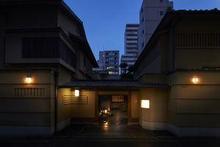
Genji store Hamada family was founded in the first year of Taisho (1912).
First of all, from the origin of the store name...
The name of the "Hamada family" is derived from the geisha's house "Hamadaya" in Yoshicho (now around Nihonbashi Ningyocho), which was known as a flower town during the Edo period.
・・・ Tokyo Rokukagai (Tokyo Rokukagai)
Previously, Yanagibashi, Yoshicho, Shimbashi, Akasaka, Kagurazaka, and Asakusa were called Rokukagai, but after the disappearance of Yanagibashi Hanayagikai, Mukaijima was added and was called Rokukagai. .
It is said that Yoshicho built a Kabuki playhouse in the surrounding area, and the prototype of the flower district was created.
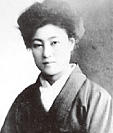 Here is Sadayakko, a geisha of Hamadaya.
Here is Sadayakko, a geisha of Hamadaya.
He excelled in Nimai, had high praise for his talent and talent, and was honored by the renowned former medals such as Prime Minister Ito Hirobumi and Kinmochi Saionji.
It is said that he was the best geisha in Japan in both name and reality.
Later she was also widely known as "Japan's first actress, Sadafu Kawakami".
"Hamadaya" as a geisha store will close the shop at the end of the Meiji era.
But now: Gosaburo Mita, the founder of the Genji Store Hamada Family, was a relative of the owner of Hamadaya, and was given the name of this venerable "Hamadaya" in 1912. The restaurant "Hamada Family" was opened.
・・・ "Genji Store"
Genji store is derived from the famous doctor of the early Edo period, Genya Okamoto.
The first name was Soji, and later changed to various items, but "Genji" is a common name.
I was born in Kyoto in 1587.
At the age of 16, he entered the gate of Gensaku Manase and studied medicine, and was called the first high brother of Gensaku Monshita.
He had an audience with Ieyasu Tokugawa, and was listed as a Hogan in the first year of Genwa (1618) and a seal in Kanei 5 (1628).
Hogan and Hoin originally refer to the highest rank of monks (the rank of monks), but in the Edo period it also extended to doctors.
In 1623, he was called by the second shogun Hidetada and became a physician, and was also used by the third shogun Iemitsu, and was famous for healing the illness of Iemitsu.
With the title of Keisei-in, he also worshiped the territory, and in Edo, he set up a mansion here in Nihonbashi Ningyocho.
Later, the people came to call the area near Nihonbashi Ningyocho "Genji Shop" after the ruins of mansion in Genya Okamoto.
And it became an area with the image of people who have small money and do not work, such as retired people and concubines, live.
The Genji store became famous as a model for the Genji store, the stage of the kabuki Kyogen "Yonasuke Ukina no Yokogushi" in late Tokugawa shogunate in 1853.
I'll go further on the side street from here, please get along a little more.
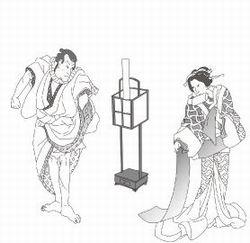
・・・ Joko Segawa (3rd generation Joko Segawa, work)
It's the so-called "Kiri no Yozo".
Three acts, from the place of the concubine house of Genji store
(Yosaburo) Oh, Goshinzo-san, Okami-san, Tomi-san,
No, this is a wealth, it's been a long time.
(Wealth) That's what you do.
(Yosaburo) It's Yosaburo.
(Wealth) Yeah.
(Yosaburo) Oh, have you forgotten to see me?
(Wealth) Yes, yeah.
(Yosaburo) The love is the enemy. ・・ ⇒ (Long from here: Abbreviation)
The story of Izaburo Yoshimura, the fourth generation of Nagauta, became a lecture, and Narasa became a stage.
As for the characters, "Omasa" has been replaced by wealth, "Isaburo" has been replaced by "Yosaburo", and Edo has been changed to Kamakura, and "Genji Store" has been replaced by "Genji Store".
The premiere was Kaei 6 (1853) in Edo Nakamuraza, and the cast was Yosaburo: Danjuro Ichikawa, the eighth generation, wealth: It was Baiko Onoe (later the fourth generation Kikugoro).
Later Yosaburo: 15th generation Uzaemon Ichimura, wealth: Baiko Onoe, the sixth generation, bat Yasu (Komoriyasu): The famous performance by Matsunosuke Onoe has gained a reputation.
This is a masterpiece of Kabuki from the Taisho era to the Showa era.
In addition, Kaoru Osanai's play "Yosaburo", Hachiro Kasuga's song "Otomi-san", and the movie "Kirire Yosaburo" by Raizo Ichikawa and Keiko Awaji were created as works. .

・・'Bat Safety'
A person who brings Yosaburo to wealth for a strong contract (Yusuri).
The Hamada family's symbol "bat" is named after this bat.
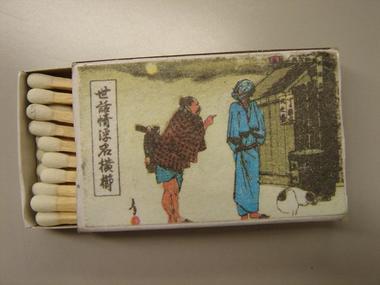
The image shows the match of the Hamada family. Yozo (right) and bat (left).
・・This time is so far. I'll continue next time.
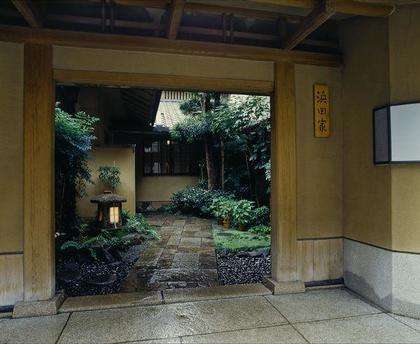
Genji store Hamada family
3-13-5, Nihonbashiningyocho
03-3661-5940 FAX 03-3808-0801
Business hours <day> 11: 30-15: 00 (Open only on Wednesday, Thursday and Saturday)
<Night> 17:30~22:00
Regular holidays Sunday and public holidays
Total number of rooms 8 (2 to 60 people)
Cooking unit price <day> 15,000 yen per person/25,000 yen
(15% service charge, excluding consumption tax)
<Night> 30,000 yen/40,000 yen/50,000 yen per person
(20% service charge, consumption tax excluded)
※ All reservation is required.
Click here for the homepage of the Genji store Hamada family.
⇒ https://hamadaya.info/
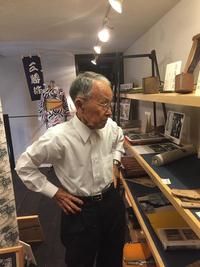 Some of the yukata fabrics that are decorated are wonderful items that make use of the old techniques of the Meiji era. It was Kotaro Shimizu, an exclusive craftsman of Sankatsu, who left the very time-consuming technique of "medium-type dyeing" with certain skills. He later became a living national treasure, but he is the father of the current director.
Some of the yukata fabrics that are decorated are wonderful items that make use of the old techniques of the Meiji era. It was Kotaro Shimizu, an exclusive craftsman of Sankatsu, who left the very time-consuming technique of "medium-type dyeing" with certain skills. He later became a living national treasure, but he is the father of the current director.